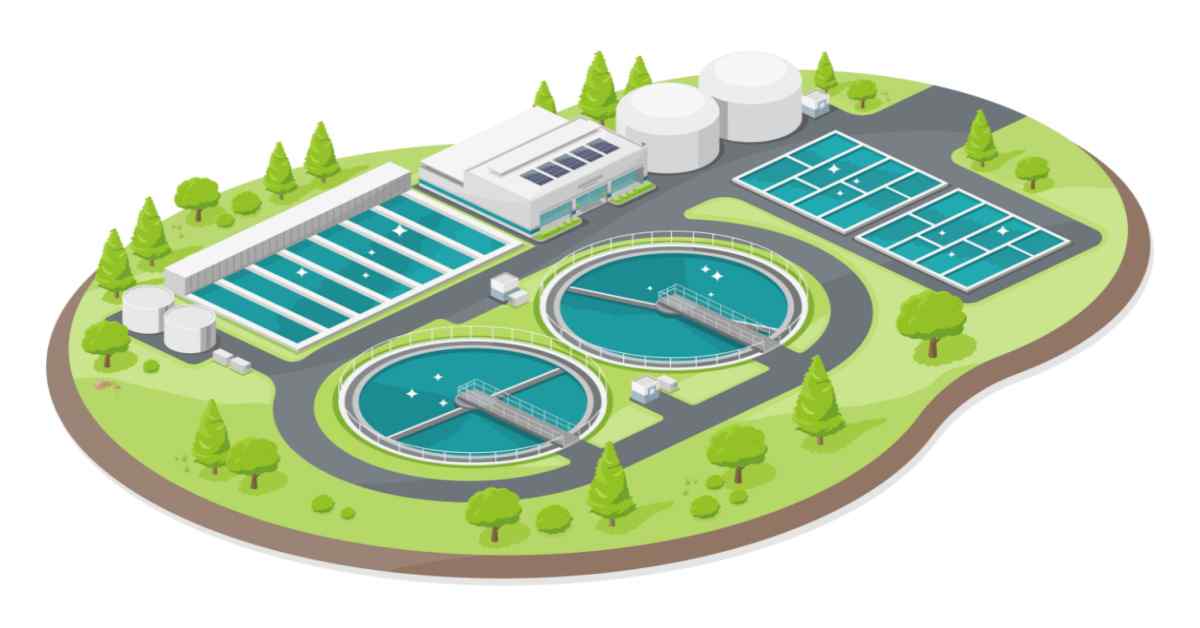Comprehending Wastewater Treatment Processes and Their Ecological Effect
The complexities of wastewater treatment processes play an essential role in mitigating environmental obstacles associated with water pollution. Each phase, from initial to advanced therapies, is designed to address particular impurities, eventually safeguarding both public wellness and water ecological communities.
Introduction of Wastewater Therapy
Exactly how is wastewater transformed right into a safe source for the setting? Wastewater treatment is a critical procedure designed to eliminate pollutants from utilized water, consequently protecting public health and shielding communities. This procedure begins with the collection of wastewater from domestic, commercial, and business sources, which is after that routed to therapy centers.
At these facilities, various physical, chemical, and organic techniques are employed to deal with the wastewater. Subsequently, organic treatments, such as triggered sludge procedures, use microbes to break down natural matter.
The treated effluent can be safely released right into natural water bodies or reused for irrigation and commercial purposes, promoting source conservation. Furthermore, the therapy process creates biosolids, which can be repurposed as plant foods or soil modifications, better enhancing sustainability.
Phases of Therapy Processes
The wastewater treatment process typically is composed of three main stages: preliminary, primary, and additional therapy. Each stage offers a distinct function in minimizing the pollutant load and making sure the effluent fulfills ecological standards before discharge.
The primary therapy phase concentrates on the physical separation of put on hold solids from the wastewater. With sedimentation, heavier fragments resolve at the end of sedimentation storage tanks, forming sludge, while lighter products, such as oils and greases, float to the surface and are skimmed off. This procedure considerably minimizes the natural and inorganic load in the wastewater.
Second therapy is a biological procedure aimed at additional lowering the concentration of natural issue. Numerous techniques, consisting of activated sludge systems and dripping filters, use bacteria to metabolize organic pollutants. This stage is essential for accomplishing the necessary biochemical oxygen demand (BOD) decrease, eventually bring about cleaner effluent all set for discharge or further therapy. Each phase is important in protecting environmental and public health and wellness.

Advanced Therapy Technologies
Following the secondary therapy processes, progressed treatment modern technologies play an essential role in more enhancing the quality of dealt with wastewater. These modern technologies are designed to get rid of residual pollutants that are not successfully removed throughout main and additional therapies, making certain the effluent meets strict regulative standards.
Amongst the commonly made use of innovative treatment techniques are membrane purification, reverse osmosis, and advanced oxidation processes. Membrane filtering, consisting of microfiltration and ultrafiltration, is effective in dividing great particles, pathogens, and colloids from the water (Wastewater). Reverse osmosis makes use of semi-permeable membrane layers to get rid of liquified solids, leading to high-quality water ideal for different applications
Advanced oxidation procedures (AOPs) utilize strong oxidants to deteriorate organic toxins, consisting of drugs and individual treatment items that are resistant to conventional treatment. These approaches enhance the biodegradability of complex compounds, facilitating their elimination.
One more substantial technology is making use of organic nutrient removal processes, which especially target nitrogen and phosphorus, avoiding eutrophication in receiving water bodies. On the whole, innovative therapy modern technologies are vital for attaining greater degrees of purification, advertising water reuse, and protecting public health and wellness while resolving the difficulties linked with wastewater monitoring.
Ecological Benefits of Treatment
Many environmental advantages emerge from reliable wastewater therapy processes that contribute to ecosystem health and wellness and sustainability. Mainly, these processes significantly reduce the release of hazardous toxins right into natural water bodies, which assists keep water ecological communities. By getting rid of impurities such as heavy steels, check it out nutrients, and virus, treated wastewater minimizes the risk of waterborne diseases and advertises biodiversity in aquatic atmospheres.
In addition, wastewater therapy facilities commonly employ sophisticated technologies that make it possible for water recycling and reuse. This practice not just preserves freshwater sources yet additionally lowers the need on all-natural water supplies. Improved nutrient elimination from wastewater can likewise stop eutrophication, a procedure that results in algal flowers and succeeding oxygen exhaustion in aquatic systems.
Additionally, effective treatment processes can decrease greenhouse gas emissions, particularly methane and nitrous oxide, which are usually launched throughout unattended wastewater decomposition. By recording and utilizing biogas from anaerobic digesters, facilities can transform waste right into renewable energy, thereby adding to a reduction in nonrenewable fuel source reliance.
Challenges and Future Fads
While the environmental benefits of wastewater therapy are clear, numerous obstacles linger that hinder optimal end results in this area. One significant problem is aging infrastructure, which frequently brings about inefficiencies and raised functional costs - Wastewater. Several treatment plants were created decades earlier, and their capabilities do not straighten with modern-day needs, which include stricter regulatory requirements and greater volumes of wastewater because of urbanization

Looking ahead, there is an expanding focus on source recuperation and round economy concepts within wastewater therapy. Technologies such as anaerobic digestion, which can generate biogas, and advanced filtering modern technologies are acquiring grip. These approaches not just enhance therapy effectiveness but additionally advertise sustainability.
Ultimately, dealing with these obstacles requires partnership amongst stakeholders, investment in modern technology, and a dedication to continuous research study. By welcoming these fads, the wastewater therapy industry can develop to satisfy the needs of a transforming atmosphere and culture.
Verdict
To conclude, wastewater treatment procedures play a crucial role in enhancing ecological quality and public wellness. The multi-stage therapy structure, paired you can check here with sophisticated technologies, effectively alleviates air pollution and advertises sustainable water monitoring. By addressing residual contaminants and reducing vitamins and mineral overflow, these procedures add to the preservation of marine ecological communities and the reduction of greenhouse gas emissions. Proceeded innovations and adjustments in treatment approaches will certainly be vital for getting rid of arising obstacles and ensuring the sustainability of natural deposits (Wastewater).